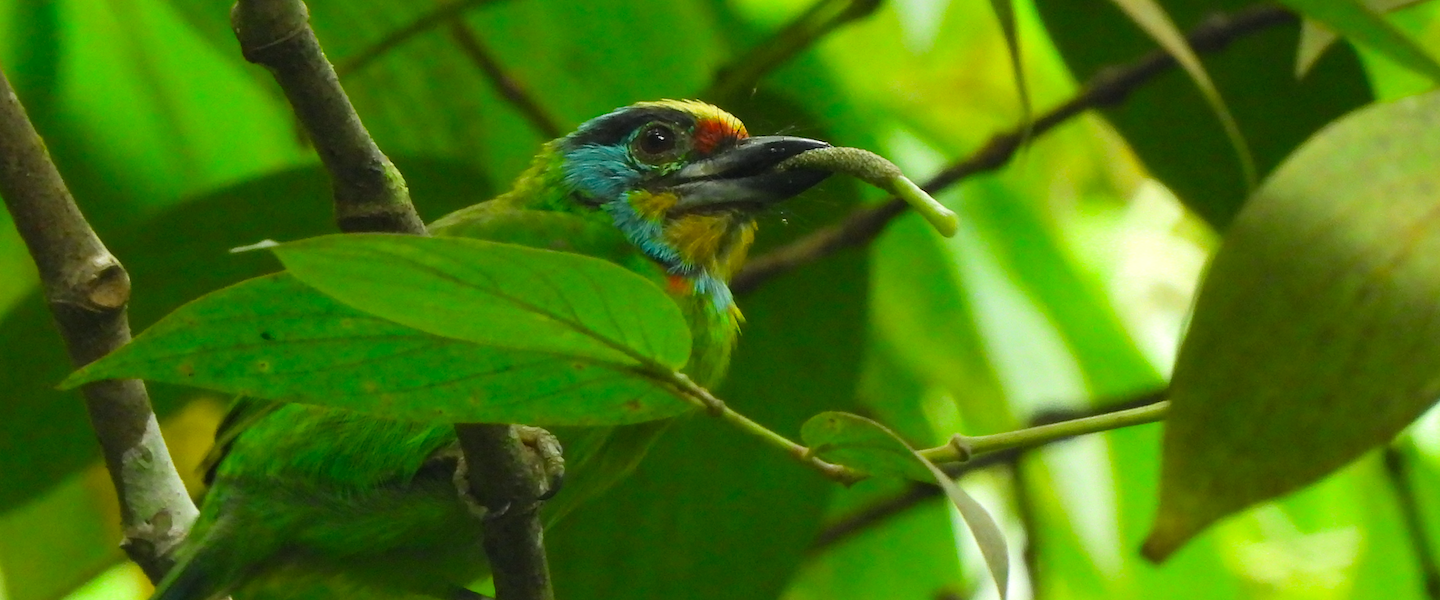My flatmate Nick and I are visiting the Norwegian peninsula of Varanger to get to know Lapland and its wildlife in summer. After leaving Helsinki some days ago with the night train and driving all the way from Rovaniemi, it feels like we have lost the track of time as the sun does not set in these latitudes at this time of the year.

After our stay through the Finnish Lapland, entering Varanger is a shock as the beautiful monotony of the flat Finnish taiga is broken by diverse habitats every few kilometers in different directions. In our visit, we first headed to the highlands, where we set camp at the diversion point between roads to Berlevåg and Båtsfjord, known as Kongsfjordfjellet.

On the way up north, it is advised to take a look at the fields around Tana Bru, the first settlement in the Varanger peninsula, as it is renowned for its owl density. A northern hawk-owl (Surnia ulula) sat in a cable and a short-eared owl (Asio flammeus) flew on the fields towards the distance. Another predator crossed the road, a red fox (Vulpes vulpes).
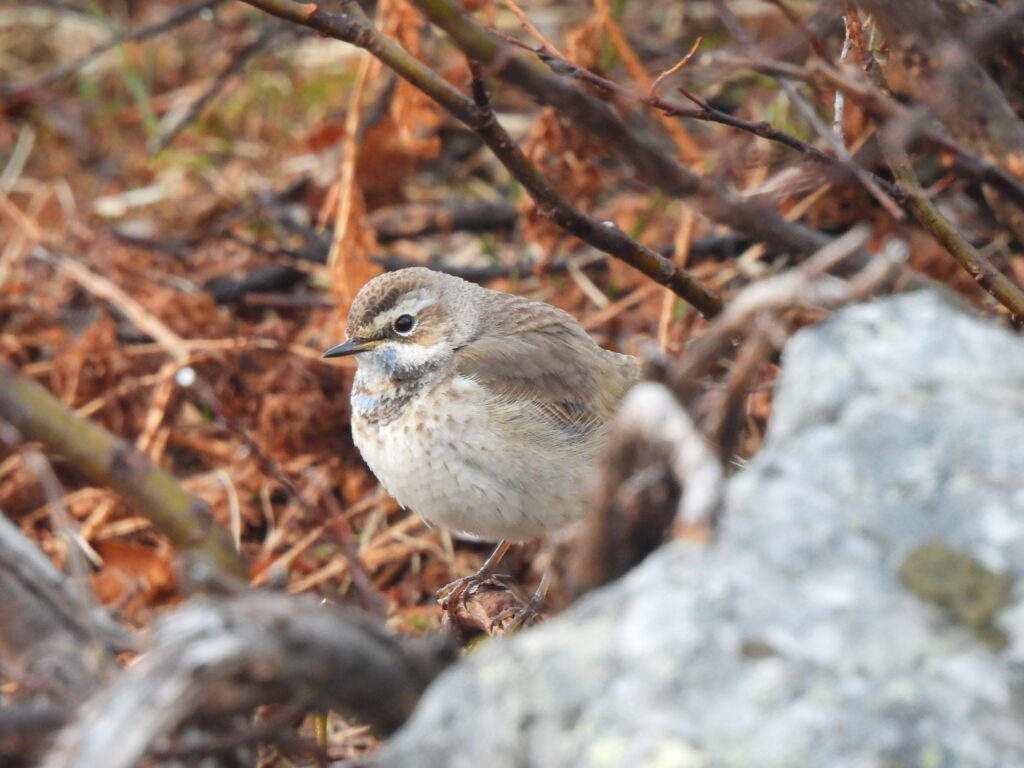
We made it to Kongsfjordfjellet in the magical lights of early June just past midnight. Right in the only building of the spot, a pair of redwings (Turdus iliacus) visited a nest under the roof while a male northern wheatear (Oenanthe oenanthe) obliged with close views nearby.
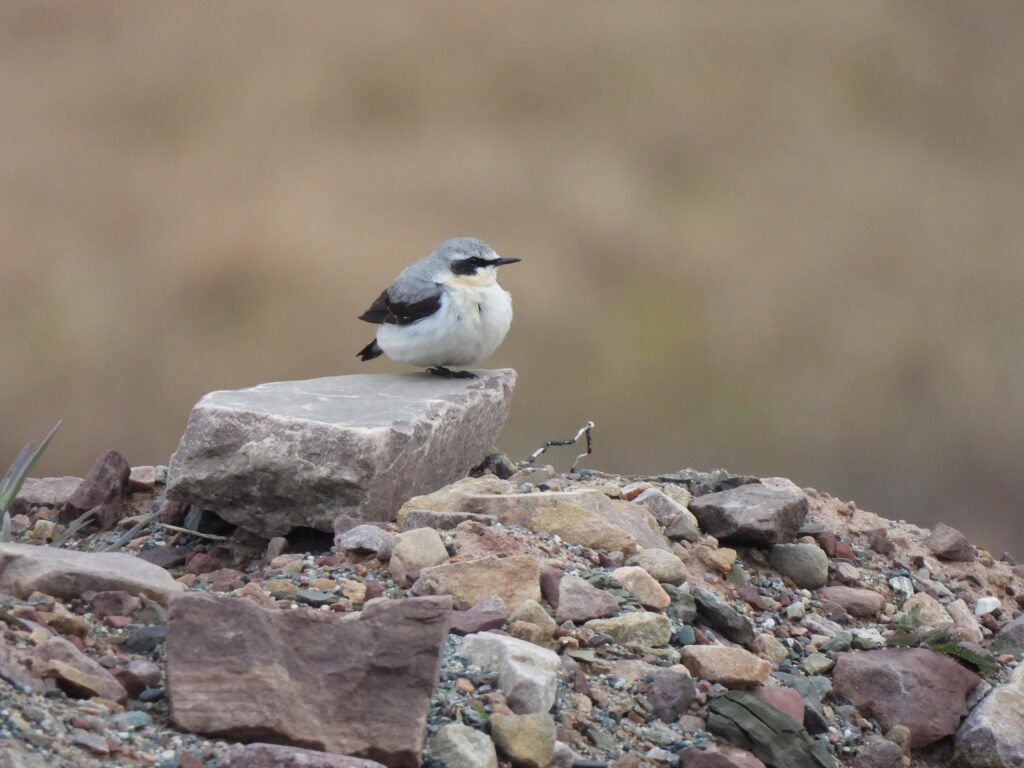
Up in the hills, small lakes scattered across the landscape hosted pairs of red-throated loon (Gavia stellata), greater scaup (Aythya marila) and long-tailed duck (Clangula hyemalis), always in low density. All birds I had seen before, but in very different scenarios and plumages. I kept having this feeling all throughout, also with the numerous lifers and targets I set: these birds can be found in other places, but finding them in this other-worldly scenery, showing their best nuptial looks, made all sights impressive.
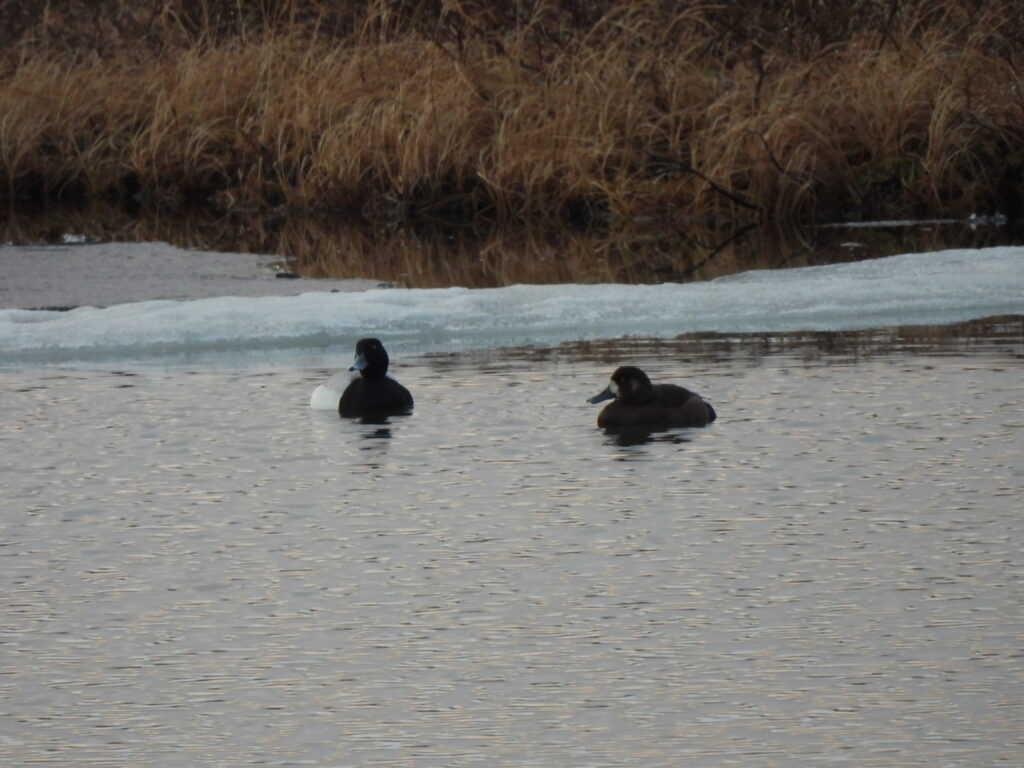
Kongsfjordfjellet is surrounded by a small lagoon where I found the biggest diversity of aquatic birds in the area. A whooper swan (Cygnus cygnus), some long-tailed ducks, a male pintail (Anas acuta) and a group of goosanders (Mergus merganser) shared water with a couple of red-throated loons which occasionally came to hunt from the lagoon on the other side of the road, where they had set their nest. They were all silent, but a singing redwing and many waders calling broke the mystical silence. Most of such waders were to be seen in the creek outflowing from the main lagoon at the crossroad.
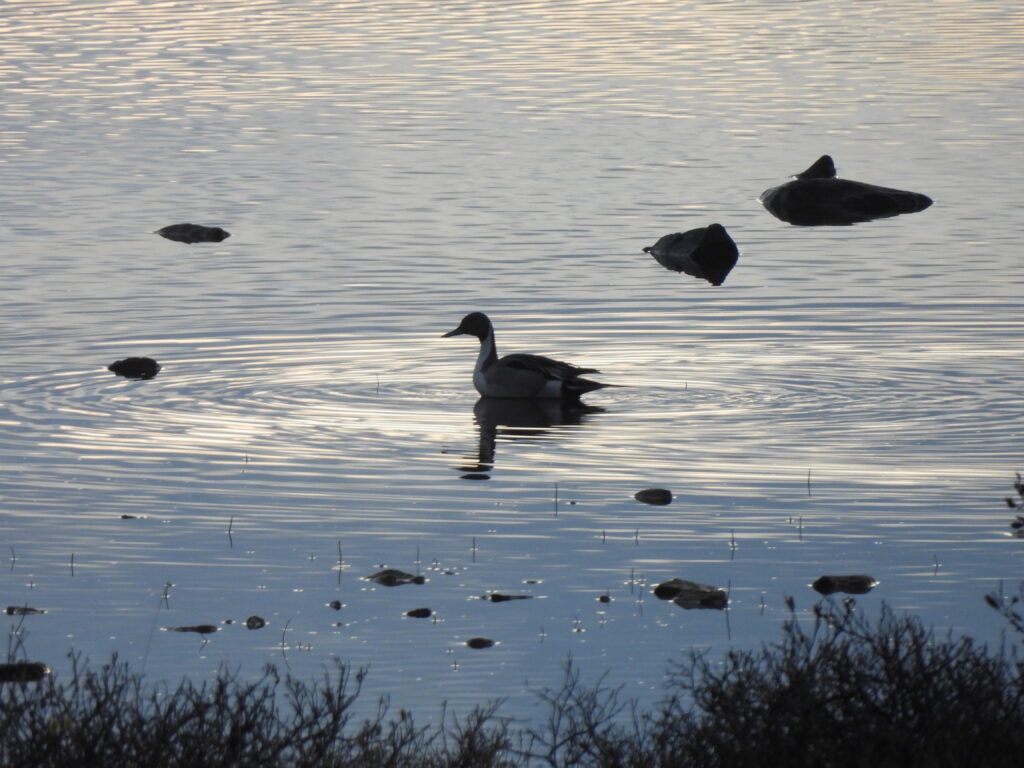
Following the creek, I got excited to find a group of red-necked phalaropes (Phalaropus lobatus). Brightly colored females were the least abundant among the group, all of them drawing small circles as they feed on the water surface. Nuptial dunlins (Calidris alpina) and especially ruffs (Calidris pugnax) were also sporting their best looks. Farther down the creek, I noticed more ruff males showing different head colors — black, white with orange spots, orange with black ‘horns’… Light was terrible for pictures now past midnight, but witnessing these birds lekking for the first time was awesome. I could see the fight of some males for a while, while females watched from inside the shallow waters.

Down the creek, the bird density seemed to decrease. I casted an eye to the mountains on the other side of the road. Crazy laughters announced the arrival of distant white spots, willow ptarmigans (Lagopus lagopus) coming downhill and defending their territories. Both them and the abundant Eurasian golden plovers (Pluvialis apricaria) ended up standing and calling on the road.
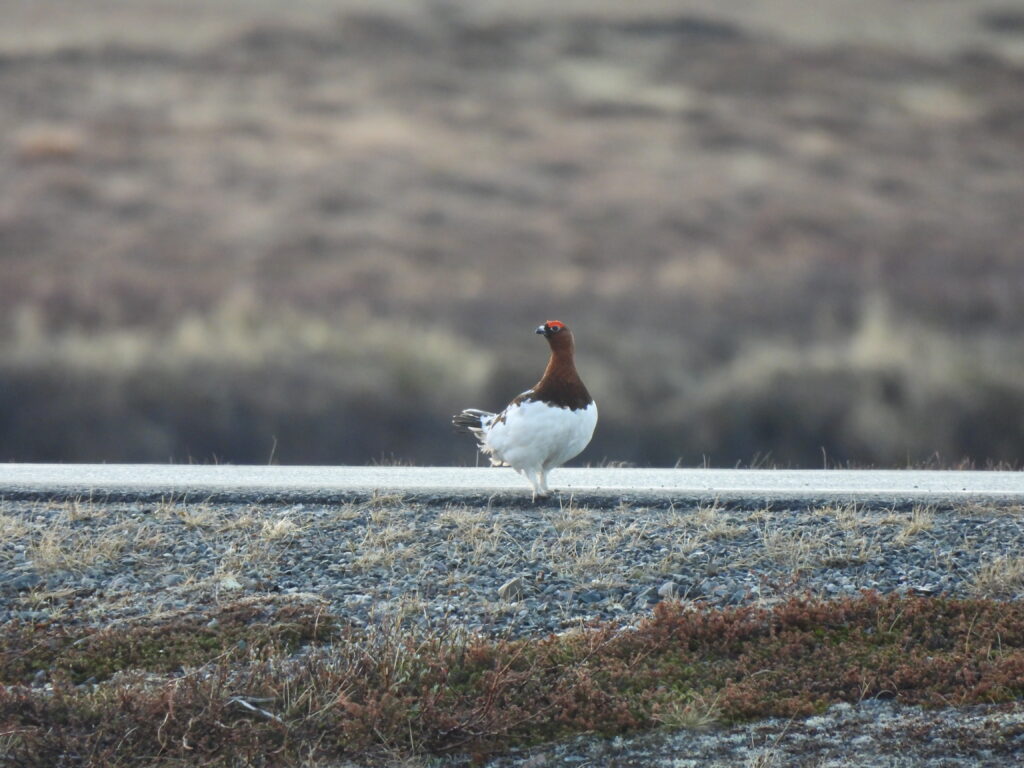
Also, from far away, the silhouette of a seabird revealed my first ever long-tailed jaeger (Stercorarius longicaudus), a dark morph, but also later some white-morph individuals showed up on the road. The elegant figure of these majestic birds felt contrasting with their bloodthirsty habits.
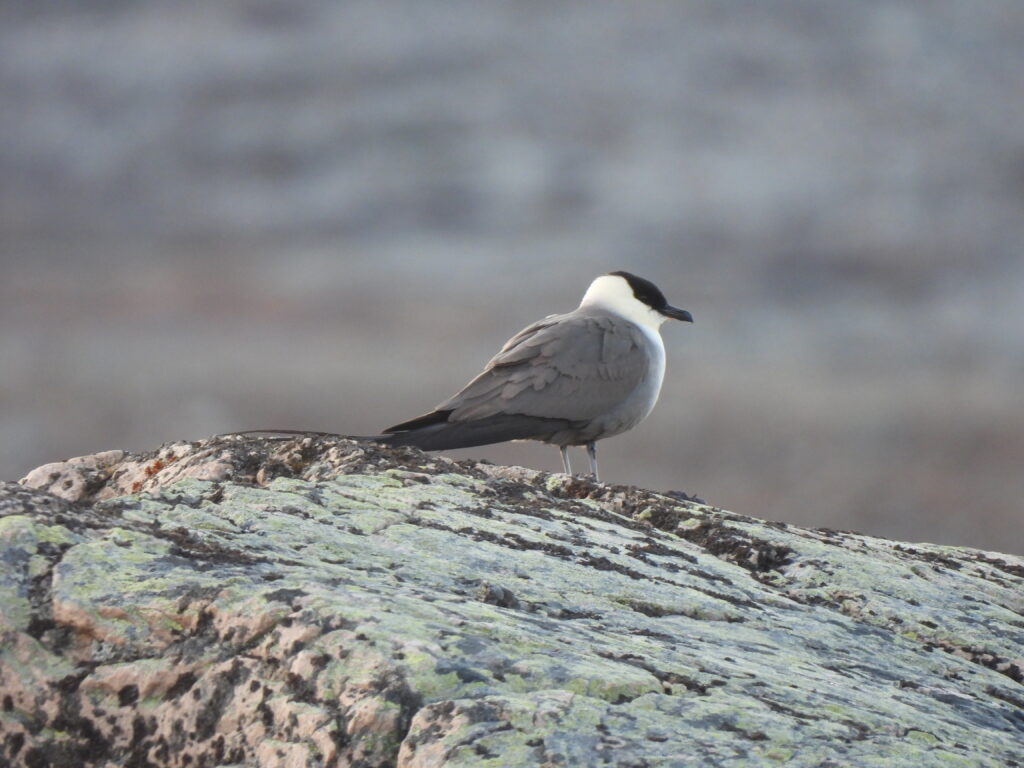
The last targets to find were passerines. My first Lapland longspur (Calcarius lapponicus) flew high across the sky, although I didn’t manage to get even a testimonial flight picture. Among different pipits, I managed good looks of the flamboyant red-throated pipits (Anthus cervinus) when approaching carefully the willows they hide in. By doing so, I also observed a hiding bluethroat (Luscinia svecica).

Occasional common snipes (Gallinago gallinago) and a male Eurasian teal (Anas crecca) flew off from small puddles around me. I heard an unfamiliar, new song as I hiked up an unpaved road west from the diversion. A beautiful Lapland longspur sang from top of a cable, and let me take some brief recordings. Thus far I had found three of them flying past quite high and only this one at eye-level view, before it quickly flew off.
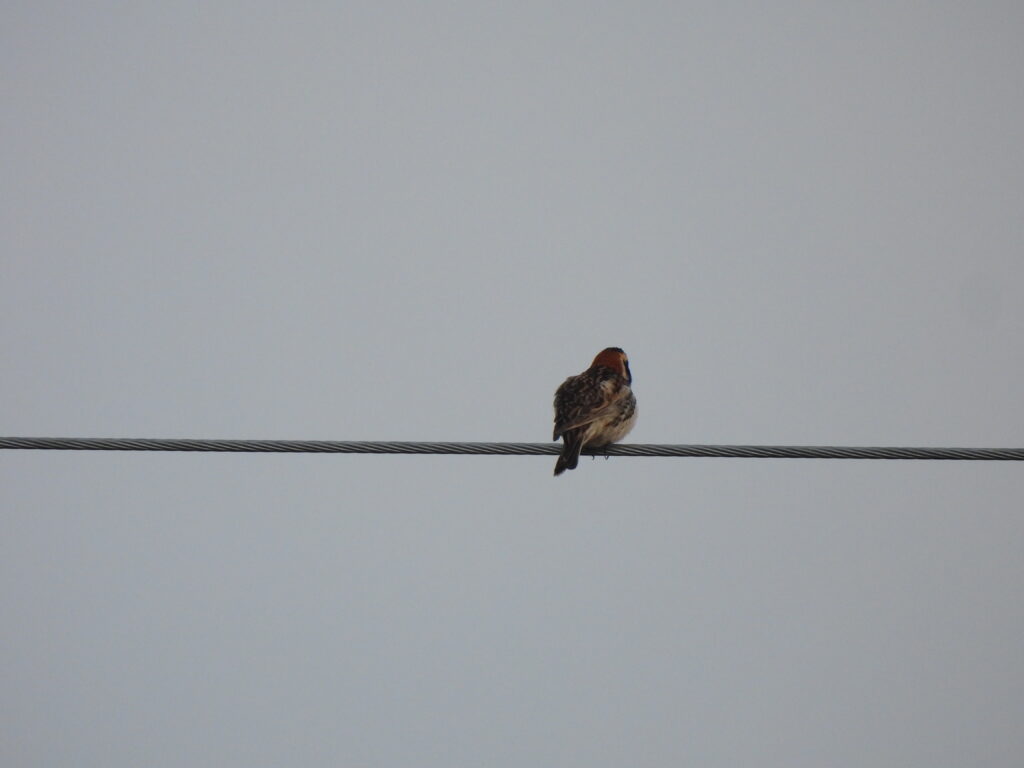
I walked all the way back to our little campsite in the diversion parking after almost 3 h of fun, not too hopeful. Once around the car, I notice yet a new, unfamiliar bird song. The bird was quite close to the road right in Kongsfjordfjellet eBird point, but I couldn’t see it. I followed the song, getting really close to it, as I walked for half an hour up and down, back and forth the slopes of the place. A pair of common ringed plovers (Charadrius hiaticula) showed up at some point in the middle of the rock pile I walked on. Next to one of them and following the silhouette of the pile, I finally noticed it. My first horned lark (Eremophila alpestris) hiding well as it sang in the open right before my eyes. Knowing it was right in front of me, all exposed, it is incredible how difficult it has been to find it!

We only stayed here for some four hours at ‘night’ (00.30 – 04.30 but light sky) before leaving for the Varanger lowlands, but I got time to find all the targets I set myself, five of them lifers. Temperatures — and especially wind chill — were well below 0 ºC, so warm clothes were strongly appreciated. However, I missed rubber boots, as the snow kept melting down from everywhere and wet, boggy areas appeared out of the blue in the middle of lichen, willows and dwarf birches under my feet as I short-cutted off road. Walking with wet non-waterproof shoes is something I will avoid next time. Despite it, this short visit has been a very exciting and fruitful part of the trip!

